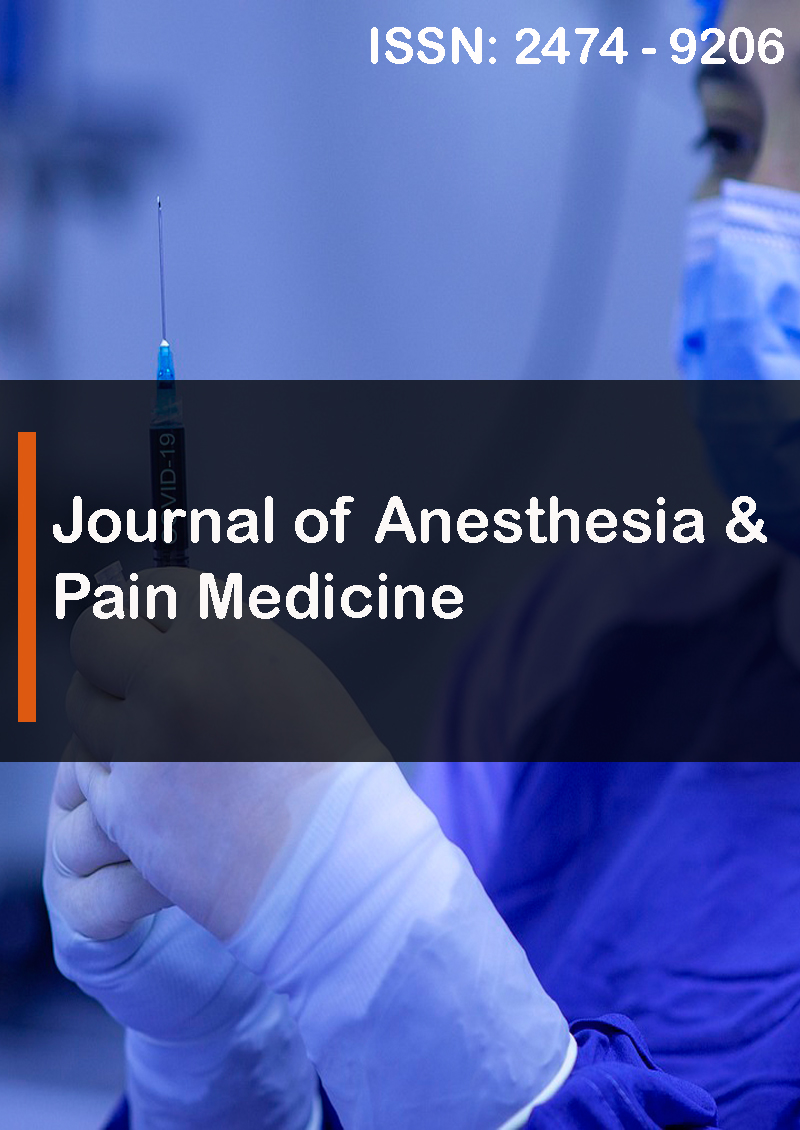A Comparison of Two Different Doses of Magnesium Sulfate on Hemodynamic Stability During Induction and Orotracheal Intubation in Adult Patients with Diabetes
Abstract
Doaa Abou El Kassim Rashwan and Hatem Elmoutaz Mahmoud
Background: General anesthesia induction and tracheal intubation are associated with hemodynamic effects, which are issues in patients with diabetes.
Objective: This study compared the effect of two doses of magnesium sulfate on hemodynamic stability during induction and orotracheal intubation in adult patients with diabetes.
Methods: Fifty male and female patients with diabetes (ASA II, 40–65 years) undergoing elective surgery under general anesthesia were included. Patients received either 30 mg/kg (M30, n=25) or 50 mg/kg (M50, n=25) intravenous magnesium sulfate added to 100 mL of normal saline 15 min before induction of general anesthesia. After induction of general anesthesia, an oral endotracheal tube was inserted.
Results: Heart rate in both groups increased after induction of anesthesia and at 1, 5, and 10 min after intubation (heart rate increased more in the M50 group). Systolic and diastolic blood pressure in both groups decreased after induction of anesthesia and at 1, 5, and 10 min after intubation (the M50 group had larger reduction). These differences were not significant.
Conclusion: Both doses of IV magnesium sulfate administered 15 min before induction of general anesthesia maintained hemodynamic stability during induction and orotracheal intubation in adult patients with diabetes.



